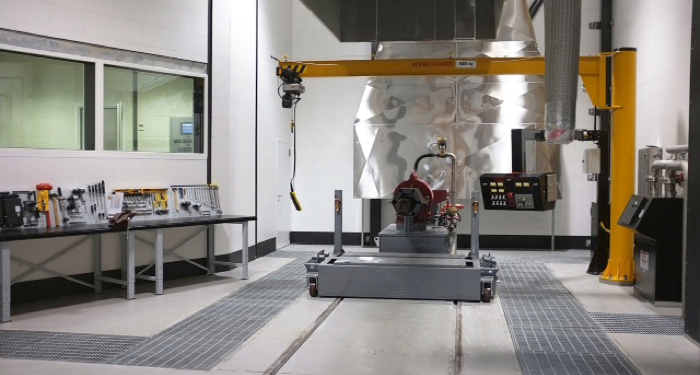Valves and Seats
The valves and seats in an internal combustion engine play a central role in engine breathing, compression, performance and longevity. It doesn’t matter if an engine has two, three, four or even five valves per cylinder or if the engine is gas or diesel because the valves all do the same thing: they open and close to allow air into the cylinders and exhaust to exit the cylinders.
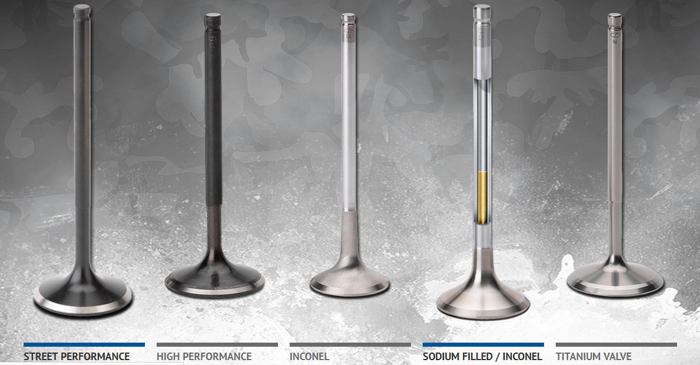
How Today’s Wake Surfing Craze Can Be Killing Marine Engines
According to some experts, wake surfing has become one of America’s hottest sports. For those of you who are actively involved in building engines for pavement or off-road racing, marine motors may seem to be either an obstacle or an opportunity – and you would be right in both cases.

Revved Up – Why the Import Engine Market is on the Rise
For numerous reasons in recent years people have been fixing engine issues rather than replacing engines altogether, making for a strong outlook in the import engine market. There are several ways you can break into this market or improve your stance here if you’re already an import engine builder.
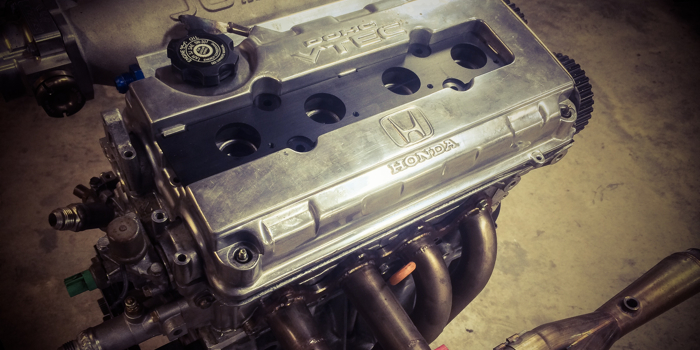
Pistons and Rings – The Technical Price for Horsepower
One of the most overlooked components of the internal combustion engine is the piston ring. It is, by scale, one of the hardest working components in the engine. And when you are building an engine, before choosing your piston rings you have to determine your application.

Understanding How to Tune Carburetors
An engine only runs as well as it is tuned. You can build a killer motor using all the best parts and machine and assemble everything with the utmost care, but if it’s a carbureted engine and the carburetor isn’t set up or tuned right your killer engine may never live up to its full potential.
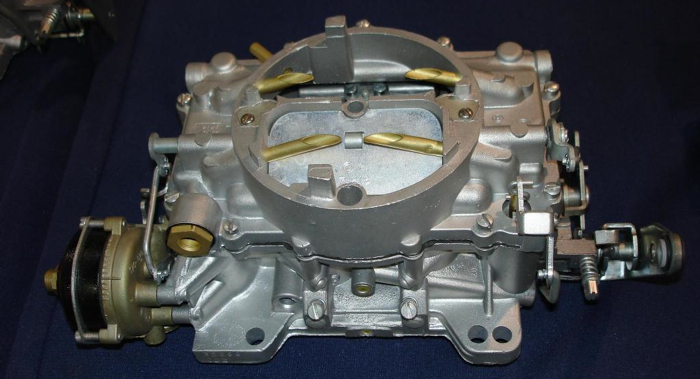
The Daily Grind
Today, seats are made of a wide variety of materials, different combinations of various alloys, powdered metals and other super hard materials. This seat material is designed to prolong the ability of the valve seat to seal against the pounding of the valve head during engine operation. The variety of materials also means new and different abrasives are required for proper machining.
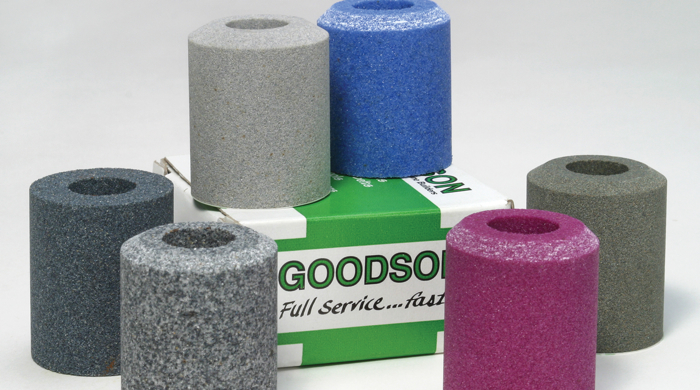
Exhaust(ing) Your Options
Here in the pages of Engine Builder magazine we have countless articles about choosing the right set of pistons, putting in the perfect crankshaft, selecting the best connecting rods and the list goes on and on for identifying what parts and products go into your engines. However, there is one item we seldom cover – exhaust.
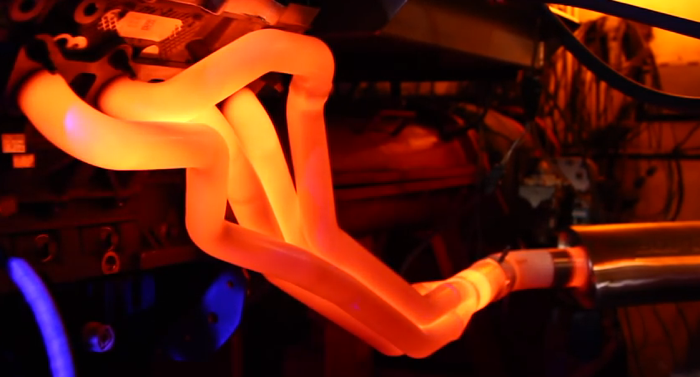
Shop Solutions February 2016
Most bolts broken off flush or slightly below the surface can be easily removed using a MIG welder. Place a flat washer the same size as the broken bolt over the bolt and weld through the center. Then, place a ½” nut on top of the washer and completely weld in the hole and tack weld the outer edge of the nut to the washer.
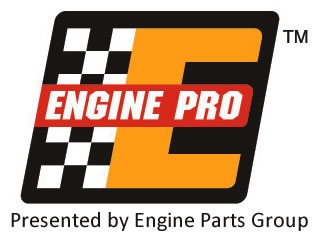
The Key to a Productive Test Cell
When it comes to a productive engine test cell, the key might surprise you. While the dynamometer satisfies the core requirements, support systems are especially critical to delivering performance – on top of the fact that these systems can significantly reduce risks associated with health-safety issues.
